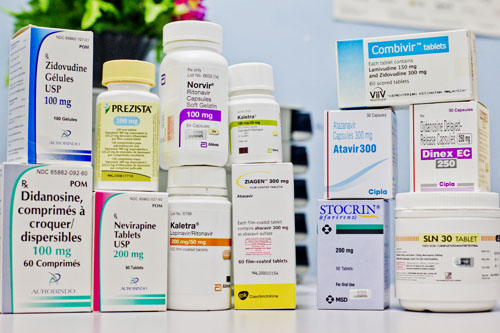For several years, many AIDS physician-scientists have debated the ability to further reduce HIV growth in individuals already taking potent antiretroviral drugs and maintaining viral loads below the limits of detectability by commercial assays. amfAR grantees Drs. Hiroyu Hatano, Joseph McCune, and Steve Deeks, working at the University of California at San Francisco with colleagues in San Diego, Minnesota, and Vermont, now document that such a concept is possible, in at least a subset of patients. Their approach was to intensify highly active antiretroviral therapy (HAART) by adding a fourth drug—the integrase inhibitor raltegravir—to a person’s longstanding treatment regimen.

Writing in the November issue of The Journal of Infectious Diseases, Hatano and associates followed 31 people on HAART with HIV levels suppressed to less than 40 copies and CD4 counts of 350 or more. They were randomly assigned to receive an additional placebo pill or raltegravir for 24 weeks. Levels of HIV activity, represented by a form of the virus known as a 2-LTR circle, were assessed at regular intervals. In addition, a D-dimer assay—a test for blood clotting activity that closely correlates with morbidity and even death in HIV infection—was performed.
Treatment intensification led to a rapid, transient increase in the level of 2-LTR circles in nine of the 15 individuals receiving raltegravir, mainly those on protease inhibitor-based HAART regimens. This suggested the presence of low-level viral replication in these individuals despite undetectable viral loads. Addition of raltegravir to HAART in these subjects was also accompanied by a decrease in D-dimer levels, indicating that even minimal viral growth contributed to persistent alterations in their blood clot potential.
The authors concluded that with this strategy of “antiviral optimization,” ongoing viral replication could be further suppressed to negligible levels. According to this study, “The potential of ongoing, low-level viral replication should be considered as a modifiable factor in future cure and treatment strategies.”
Dr. Laurence is amfAR’s senior scientific consultant.